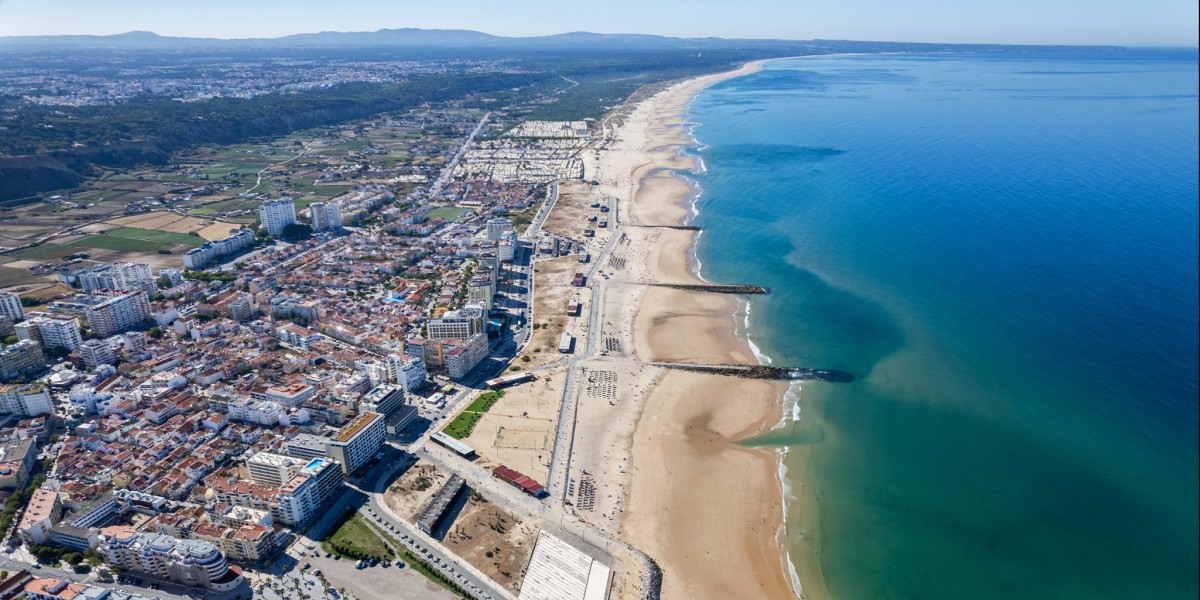
Just a short drive across the 25 de Abril Bridge from Lisbon lies Costa da Caparica, a coastal city with a distinct, relaxed identity. Its character is shaped by a seemingly endless coastline of sandy beaches that attract surfers and Lisboetas looking for a break from the city.
Living in Costa da Caparica means one of the coolest neighbourhoods in the world, according to Time Out, where you're dictated more by the tides and the surf than by the capital's rush.
What is Costa da Caparica like?
Undoubtedly one of the best coastal towns near Lisbon, the town's atmosphere is a real mix of a traditional Portuguese fishing village and a lively summer resort. The long promenade is lined with surf schools, and it’s common to see people walking barefoot with a surfboard under their arm.
During the summer months, it’s full of energy as people from Lisbon and tourists arrive, filling the beaches and restaurants. A small, open-sided train, the Transpraia, used to chug along the sand during the summer, connecting the main town beaches with the quieter, more remote spots further south. Although not currently in action, there are plans to restore it for next summer.
In the off-season, from autumn to spring, the crowds disappear, and the town becomes a much quieter, more peaceful place where you get a stronger sense of the local community.
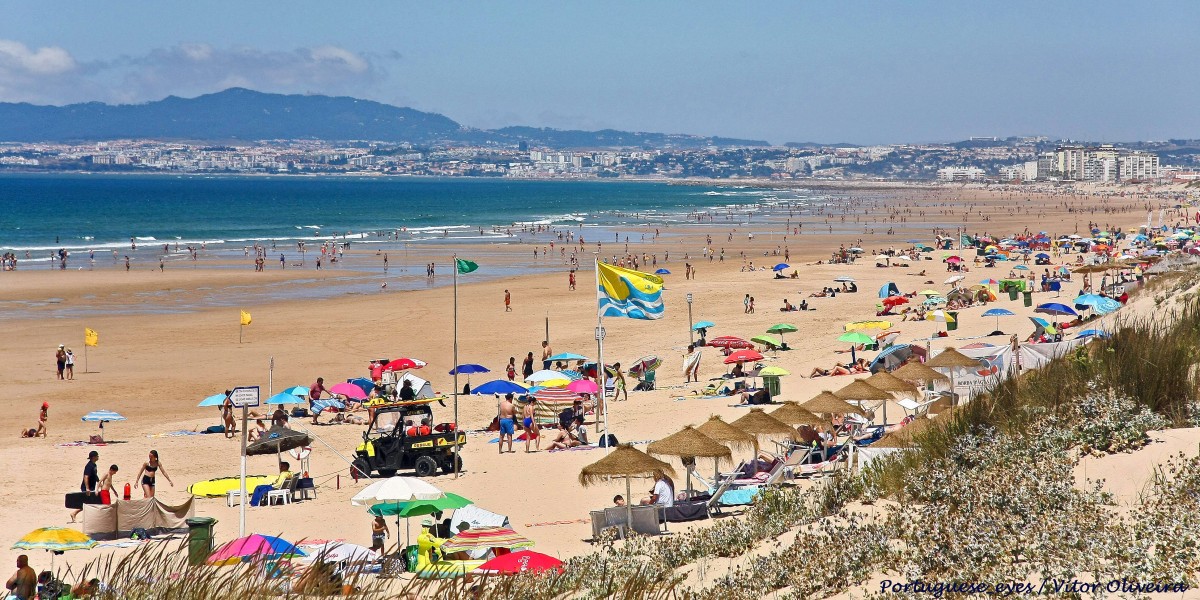
How much does it cost to live in Costa da Caparica?
The cost of living in Costa da Caparica is one of its main attractions, especially when compared to the capital. While not a budget destination, your money generally goes further here, meaning the salary you might need to live comfortably in this part of Portugal could be a little lower than in Lisbon.
When it comes to housing, property prices in Costa da Caparica averaged around €4,227 per m² in July 2025, which is a fair bit lower than Lisbon’s average of €5,829 per m² for the same period. You can find apartments for sale starting at around €275,000.
Renting is also more accessible; the average rent in Caparica was €17.9 per m², compared to Lisbon's €22.1 per m². This means an 80m² flat would cost about €1,400 per month, and you can find a one-bedroom apartment from around €1,000 per month.
Eating out can be quite affordable, especially if you stick to the authentic, local spots that serve up the classic Portuguese dishes. You can get a tasty dish at a local place for about €12 or a simple sandwich in a typical café such as A merendeira for around €3.20. For a more substantial three-course meal for two at a mid-range restaurant, you would be looking at between €35 and €50.
Monthly utility bills for a standard flat, covering electricity, water, and internet, typically range from €100 to €150, though this can vary depending on your usage, especially if you use air conditioning a lot in the summer. Getting around is also cost-effective. A monthly public transport pass for the entire metropolitan area is €40, which is a great value for getting to and from Lisbon. It's even free for residents under 23 years old with a ‘navegante’ pass.
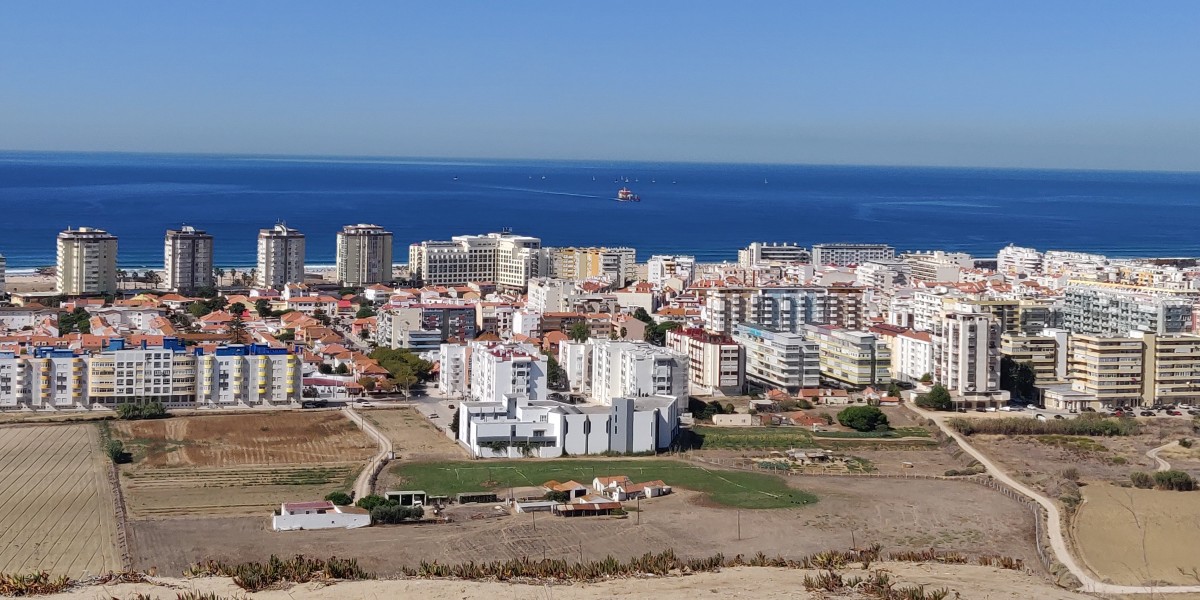
Where to live in Costa da Caparica: best neighbourhoods
Costa da Caparica isn't huge, but different pockets of the town offer quite distinct living experiences. Choosing the right spot depends on whether you prioritise being in the middle of the action, peace and quiet, or a quick commute into Lisbon.
Centro
Living here means you're just a short stroll from the main beaches, the promenade, and the bulk of the shops, cafes, and well-known restaurants like O Barbas. It’s incredibly convenient, especially if you don't have a car, as public transport links are right on your doorstep. The trade-off is that it can get quite noisy and crowded, particularly during the summer months when tourists and day-trippers descend on the town.
Santo António da Caparica
Just a little way back from the main tourist hub, Santo António offers a calmer, more residential atmosphere that is very popular with local families and expats. It has more green spaces, including the large Parque Urbano, and generally feels a bit more relaxed than the centre. You're still within easy walking distance of the beach and town amenities, so you don't feel disconnected, but you can escape the summer buzz when you want to.
São João da Caparica
Located a bit further north, closer to the access roads for the 25 de Abril Bridge, São João is a practical choice for those who need to commute into Lisbon regularly. The area is characterised by more modern apartment blocks and has a slightly more suburban feel. While it lacks the traditional character of the old town centre, it offers a comfortable and convenient base with good access to both the city and the quieter northern beaches.
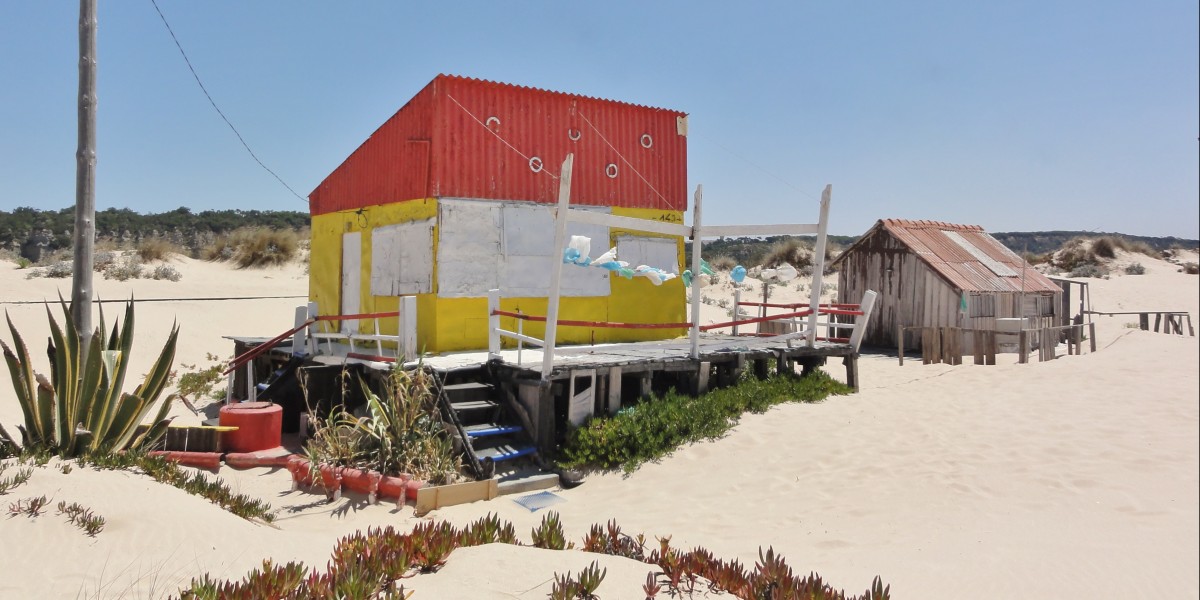
Exploring the Caparica coastline
The main reason people are drawn to Costa da Caparica is, of course, the coast itself. You have an enormous 15-kilometre stretch of unbroken golden sand, with plenty of Portugal's best Blue Flag beaches here. The beaches directly in front of the town are convenient and always busy in the summer, but the real magic begins as you head south along the coast.
Beaches like Praia da Morena and Praia da Sereia are well-known for their excellent beach clubs and restaurants built right on the sand. The atmosphere at these beaches is generally more relaxed and bohemian. The sheer variety means you can always find a spot that suits your mood, and the whole area is just one part of a fantastic collection of beaches near Lisbon that are well worth exploring.
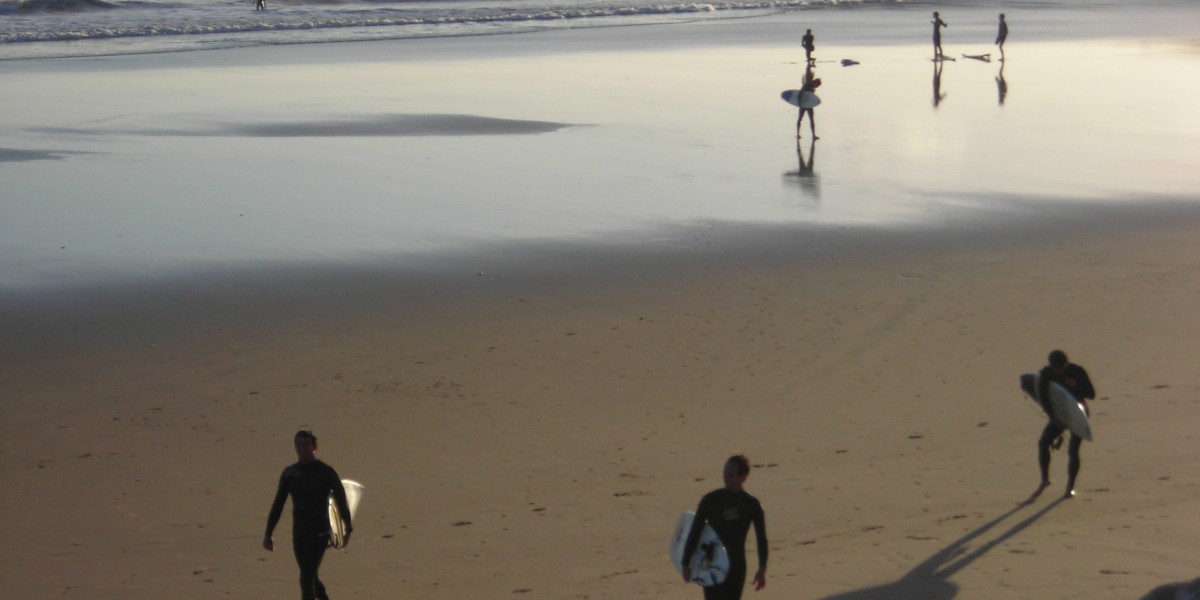
Living in Costa da Caparica as an expat
The expat community in Costa da Caparica is growing, but it doesn't have the large, established 'Brits abroad' scene you might find in parts of the Algarve or in nearby Cascais. Instead, it's more of a mixed bag of international residents, including a lot of surfers, digital nomads, and young families who are drawn to the laid-back lifestyle and more affordable cost of living.
Costa da Caparica is a strong contender for the best place for Brits to live in Portugal, especially if you prioritise an authentic beach-town atmosphere over a more polished resort feel.
For families thinking about the move, the proximity of the Almada International School is a significant plus, offering a local option for English-language education. In terms of fitting in, making an effort to learn some Portuguese will go a long way, as English isn't as universally spoken here as in more tourist-heavy areas.
The best way to meet people—both locals and other expats—is often by joining in with the local culture, whether that’s taking lessons at a surf school, becoming a regular at a local cafe, or connecting with people through online groups.
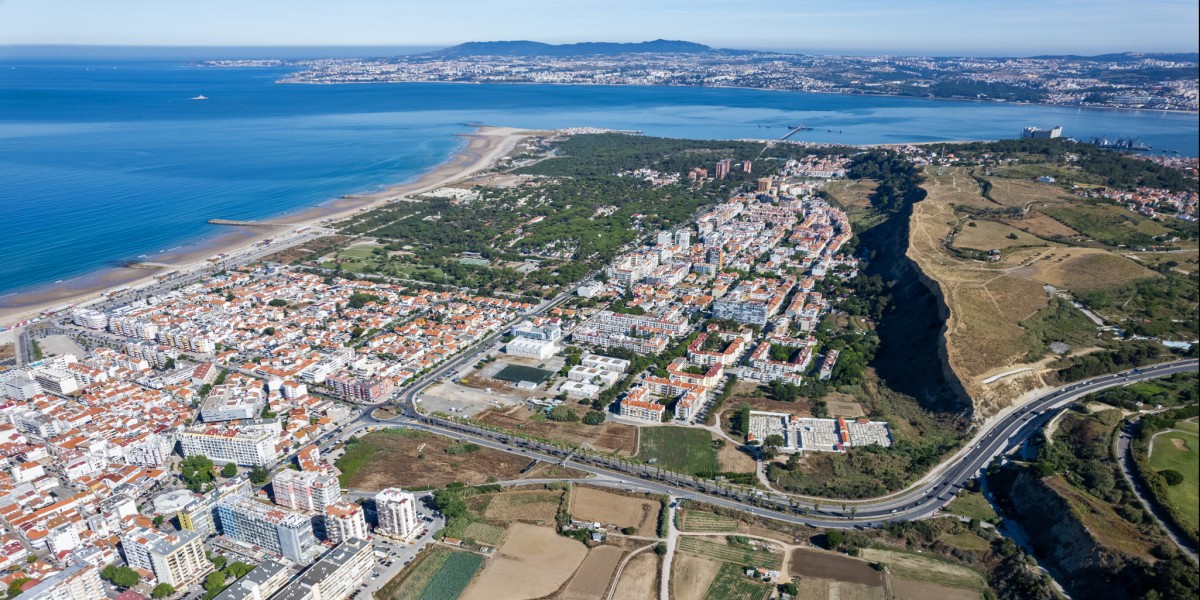
Stay in the know about living in Portugal as a foreigner—get our weekly newsletter for the latest travel, legal, and lifestyle news.
For a taste of the high life, sign up for the monthly luxury market round-up.
